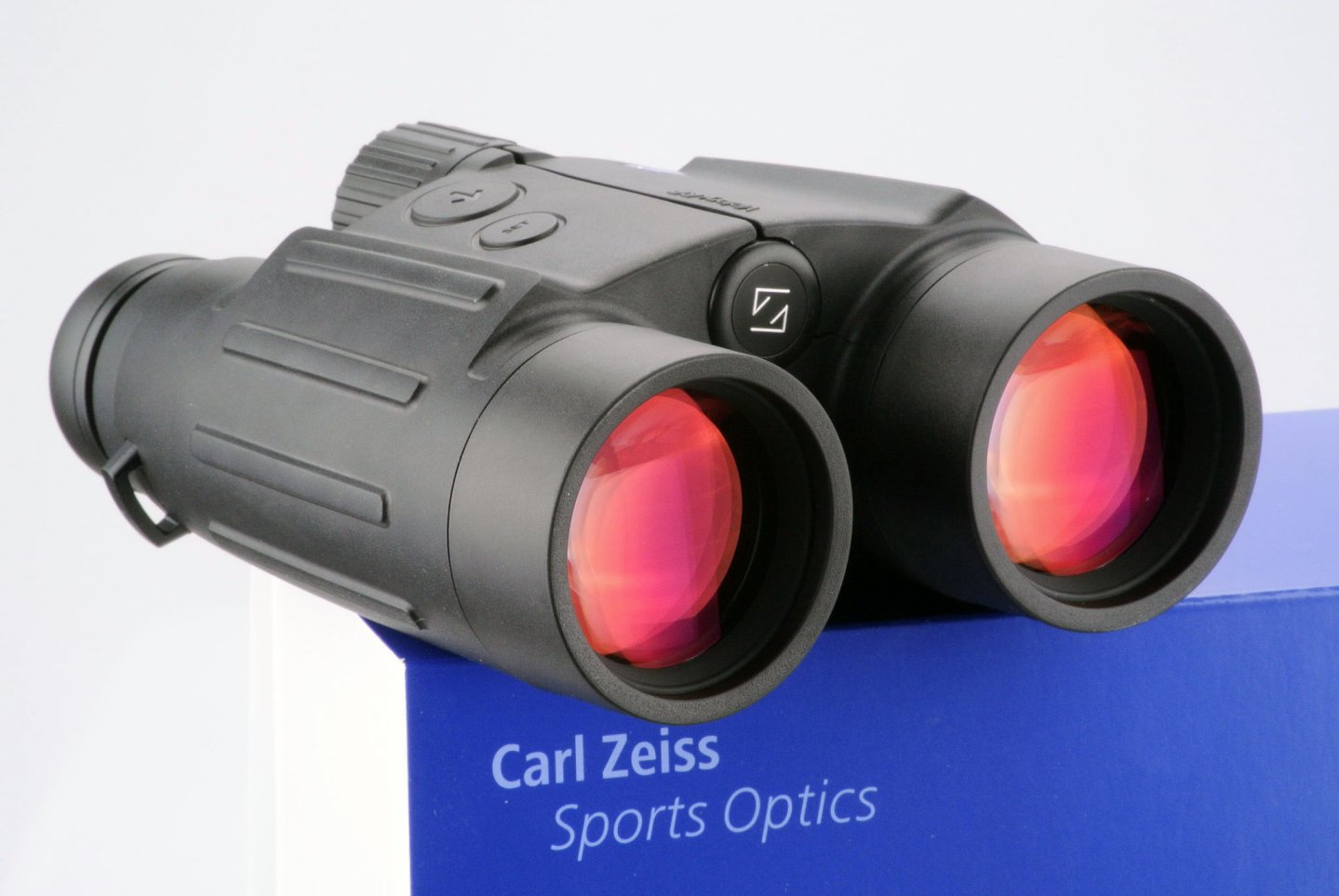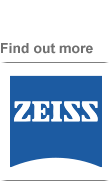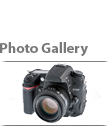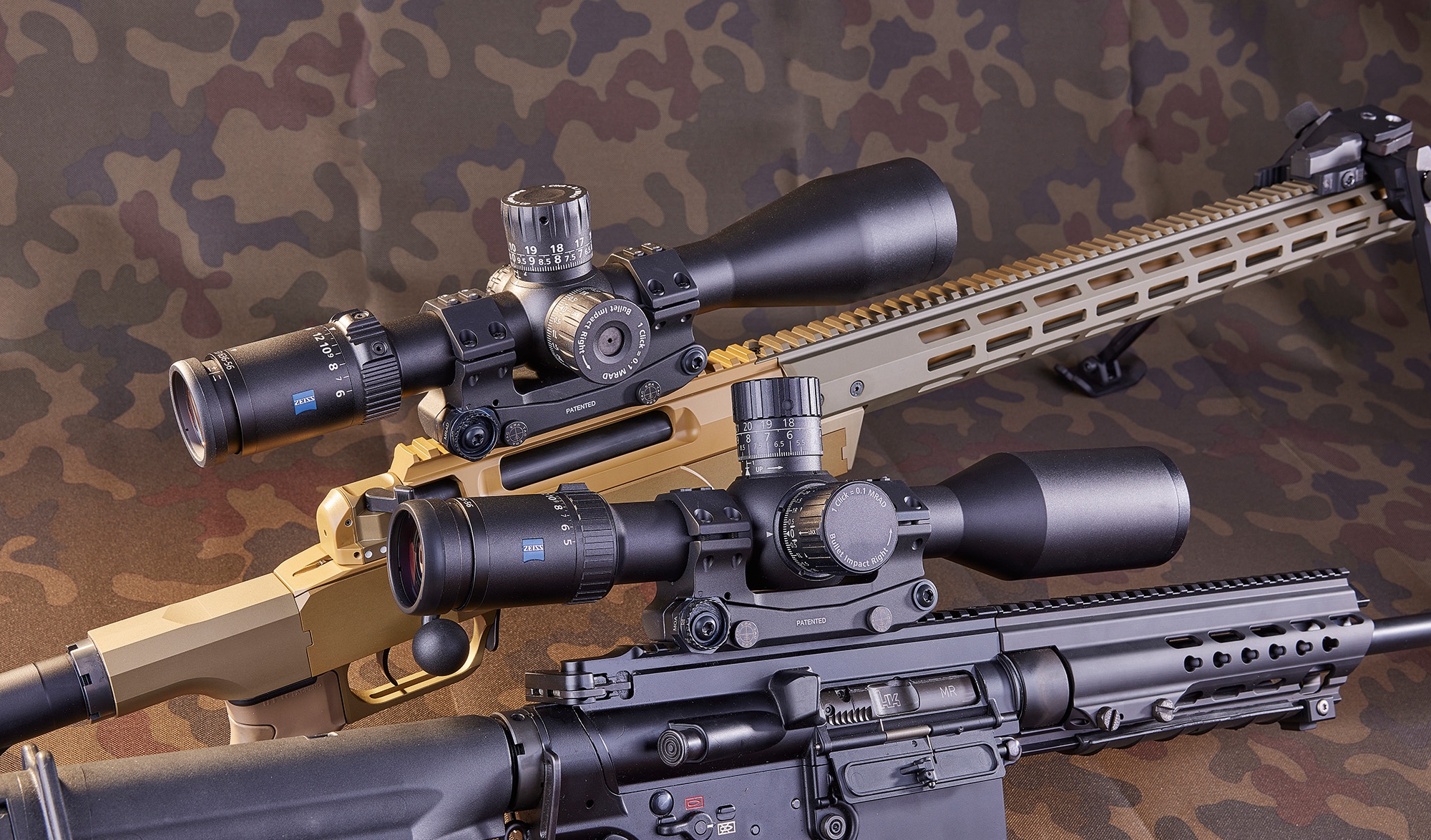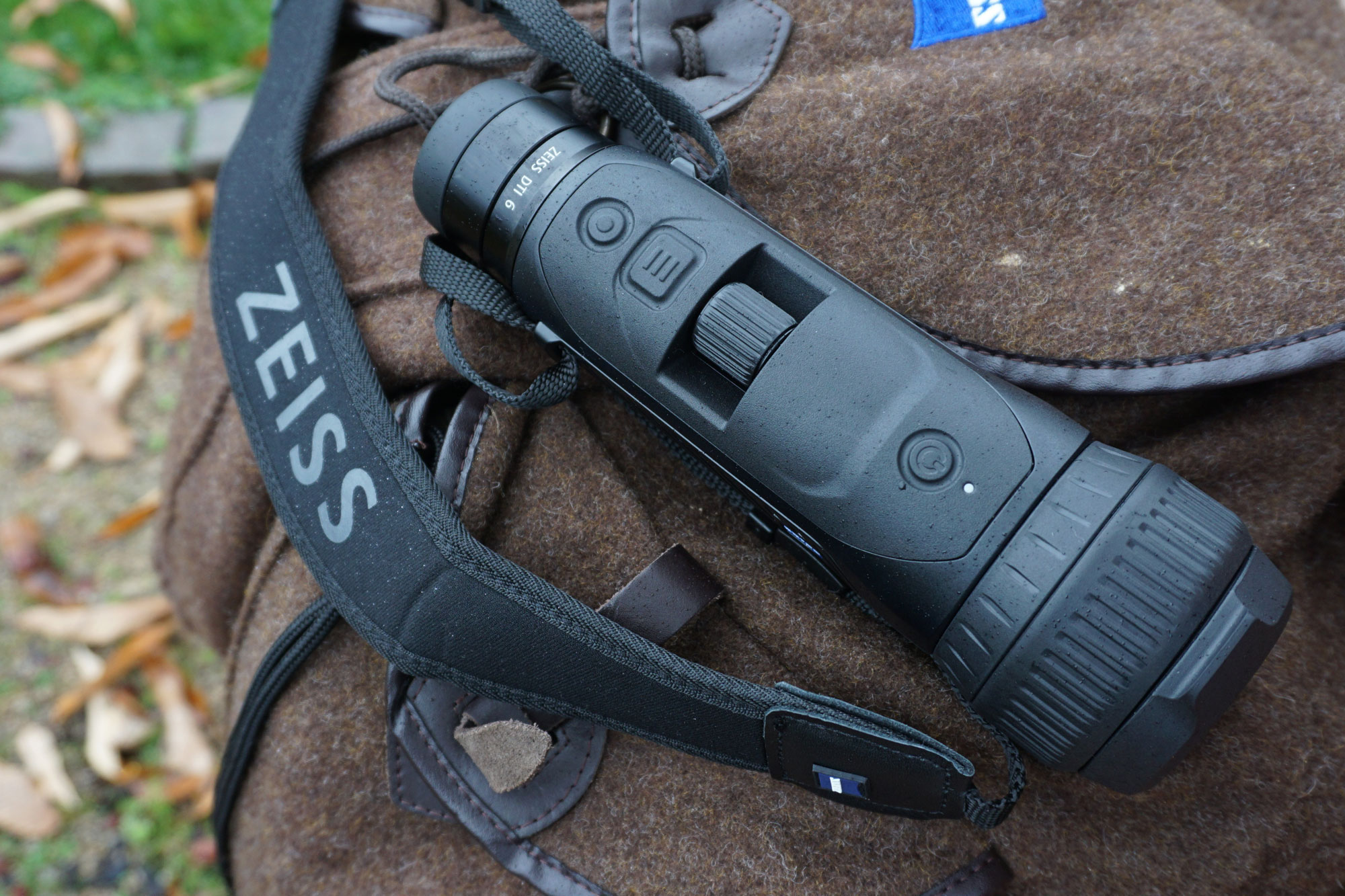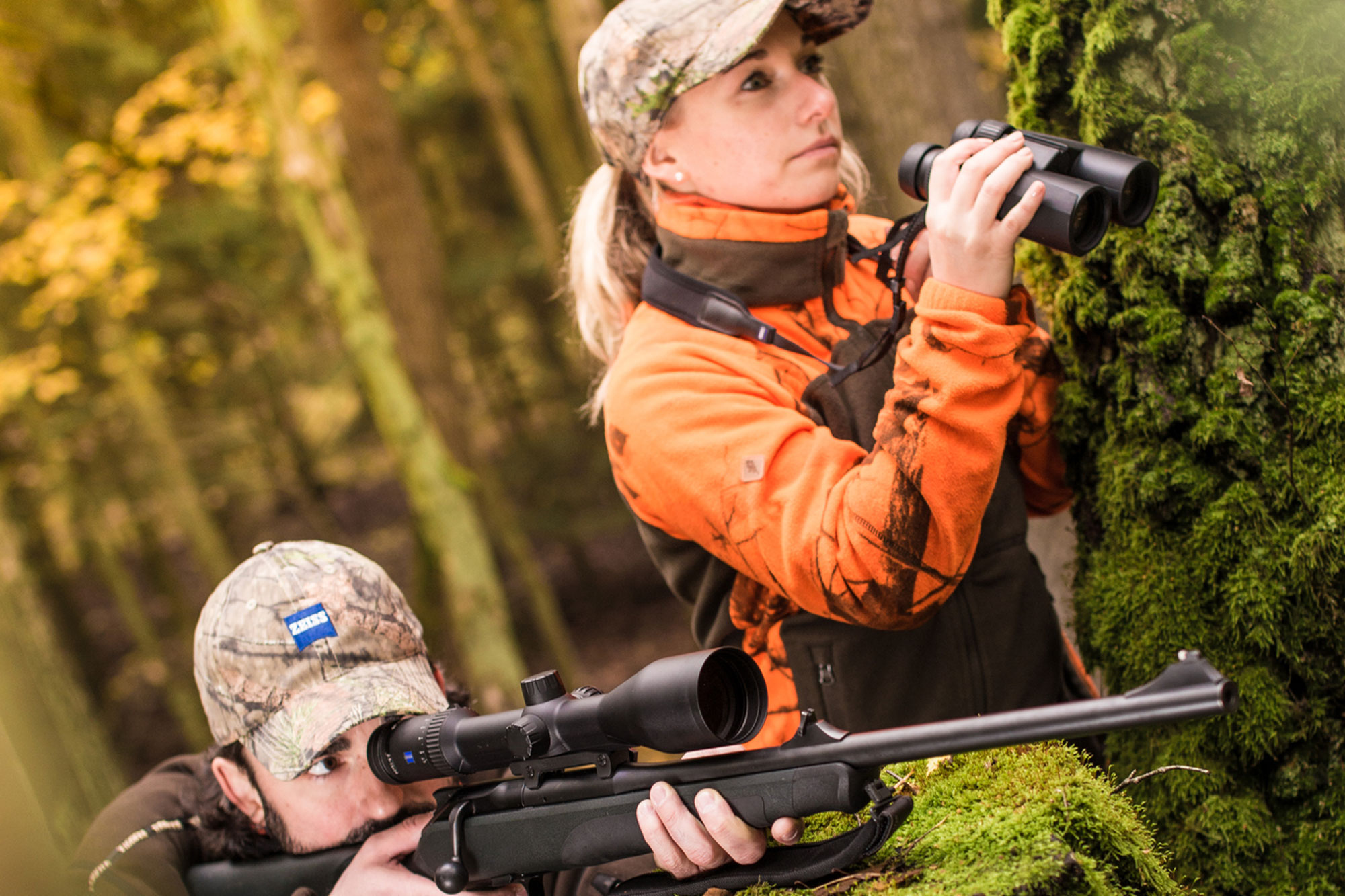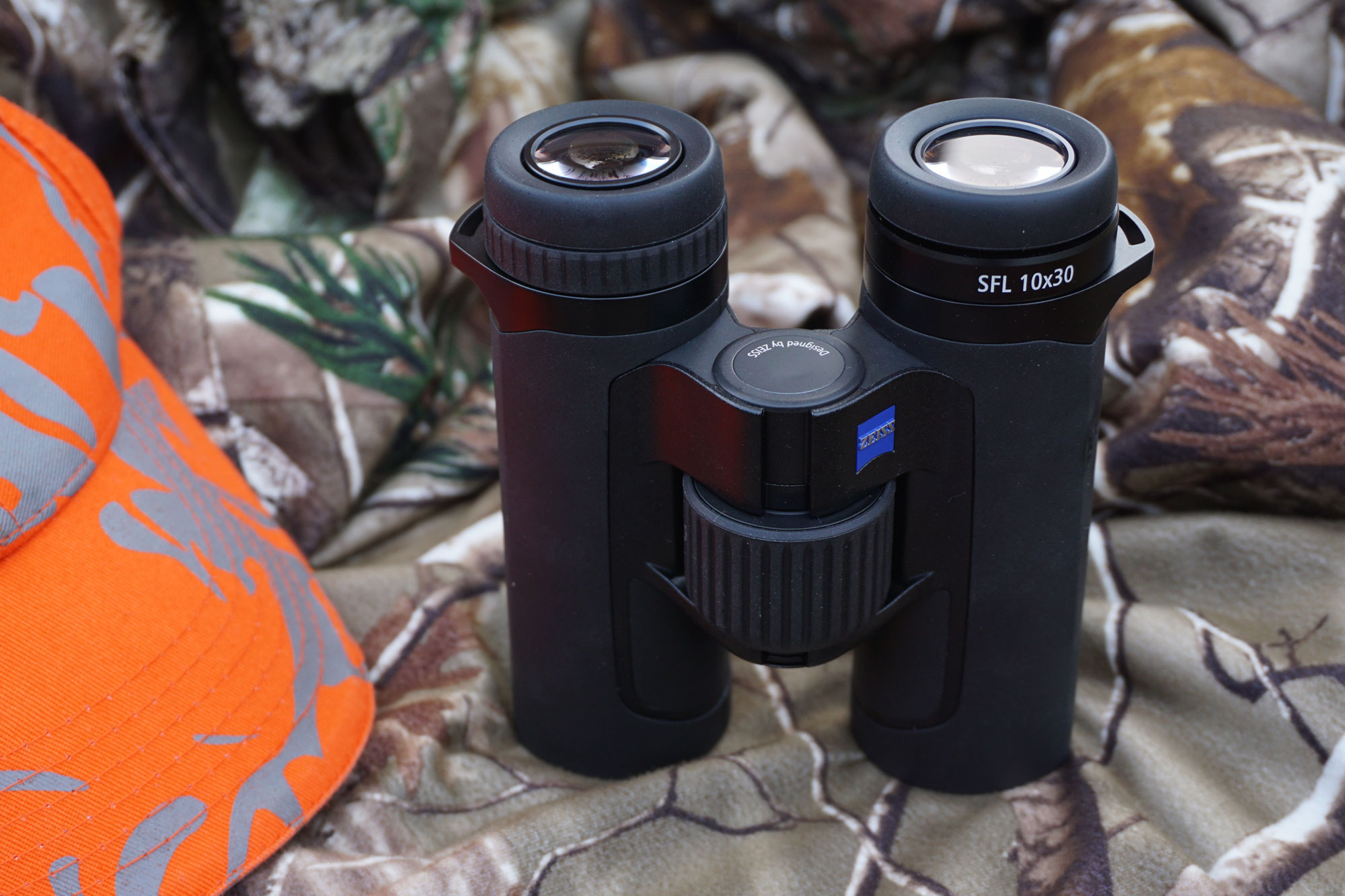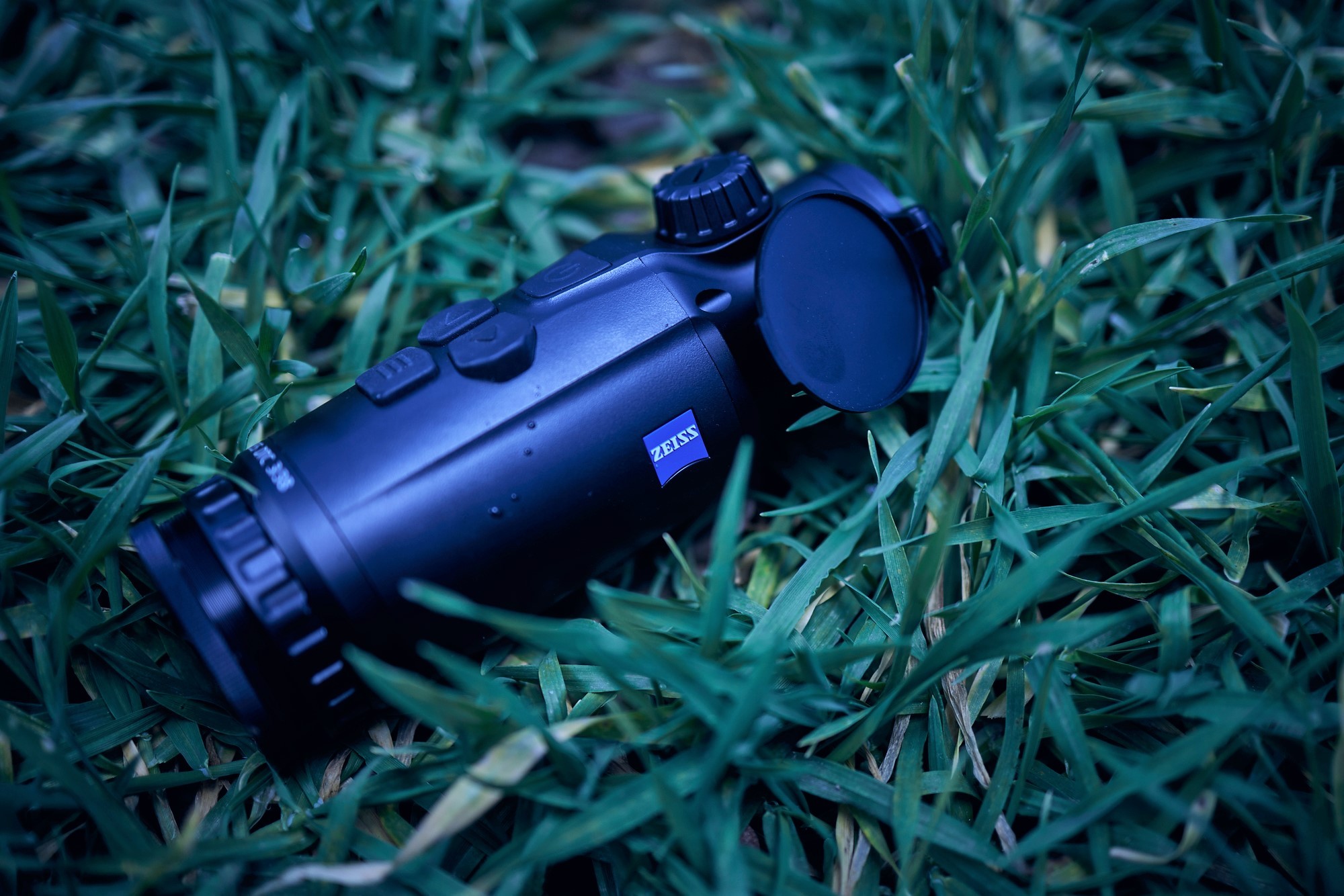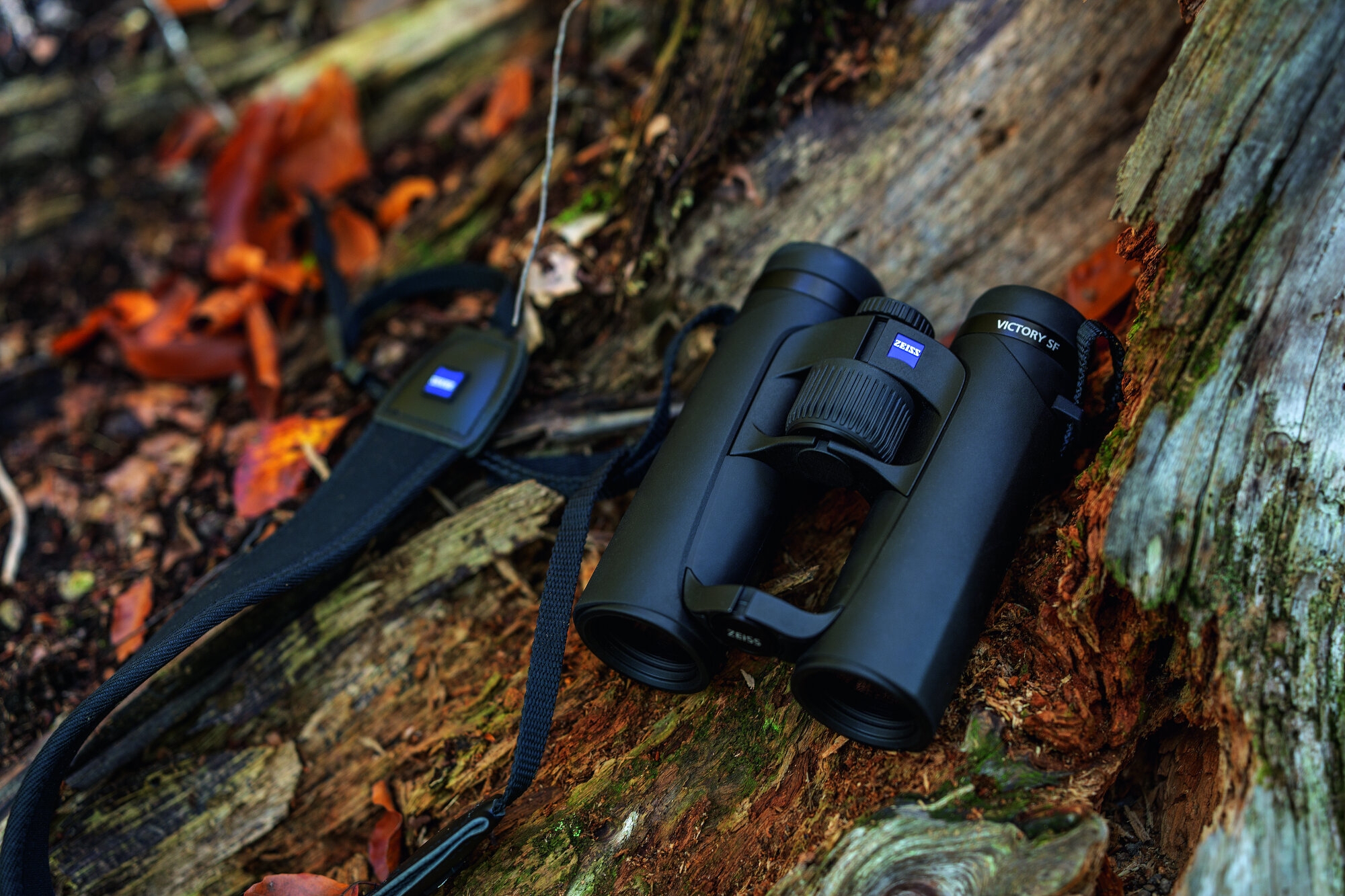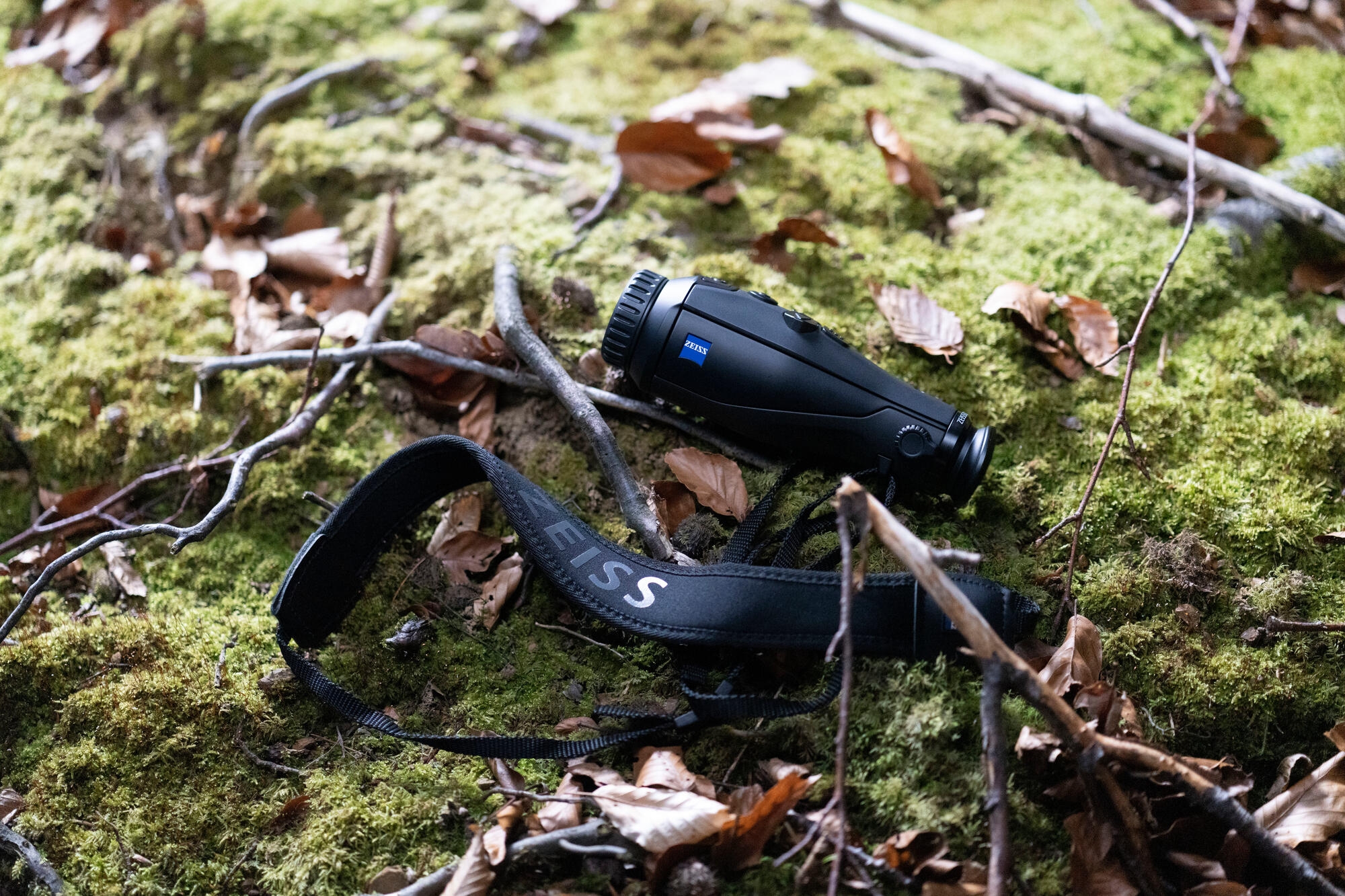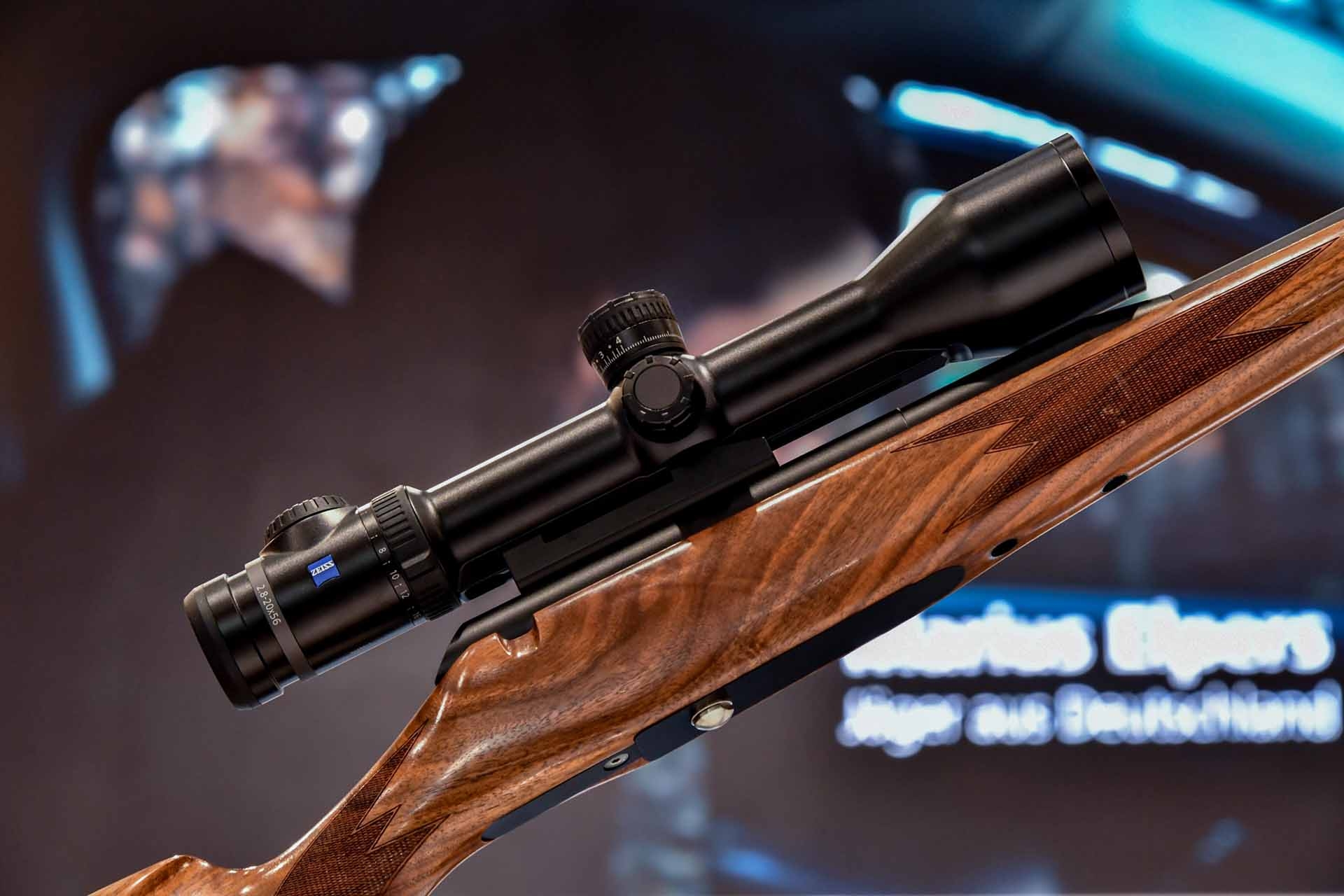Article also available in other languages

Remarkably accurate albeit quite expensive, the Zeiss Victory T*RF laser range finding binoculars stand as a reference since their introduction a few years ago, and not only for the rangefinding performance, but also for the excellent optical quality, assured by the use of premium, extra low dispersion Fluoride glass, an Abbe-Konig roof prism system, and improved 4 lens achromatic optics with top class lens coatings.
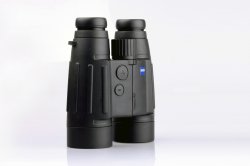
Of course, the fact that the laser electronics uses the objective lenses instead of a third, separate lens window does introduce a bit of a trade off; namely, compared to Zeiss' own FL line of binoculars, the field of view is narrower, and close focus is somewhat limited (comparing the 8x45 T*RF vs. the 8x42 HT, the close focus distance is respectively of 5m vs. 1.9m). Plus, the size and weight of the T*RF binoculars are indeed slightly larger than conventional observation glass of similar optical specification, not to mention the bridge, housing most of the electronics.
The Zeiss Victory T*RF laser range finding binoculars are available in two magnification options, and two objective lenses configurations: 8x45mm, 10x45mm, and 8x56mm and 10x56mm. The laser ranging performance is identical for all models, measuring from a minimum of 10m to a maximum of 1200m in optimal conditions.
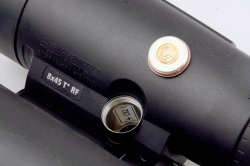
We had the opportunity to briefly test the smaller, 8x45mm version of the Zeiss Victory T*RF laser range finding binoculars.
The instrument is built using a Magnesium frame that is rubber armored, completely waterproof and Nitrogen filled; the objective lenses are treated with Zeiss' Lotutec coating, to improve performance under the rain and ease cleaning.
The weight of the instrument is the first thing that surprised us; just below a kilogram (specifically, 995 g) is a hefty load to hold steady in our hands after a little while, but we must remember that these binoculars are mainly built to offer the best possible optical performance while being able to accurately measure the range of the observed object, and, in case of a hunter or professional user, also display additional ballistic data as calculated by the integrated BIS (Ballistic Information System) computer with a single press of the ranging button, and not to be the ideal instrument to be used for all day, extended observation.
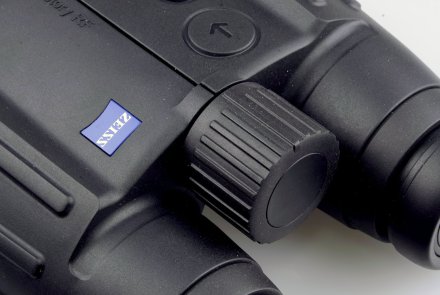
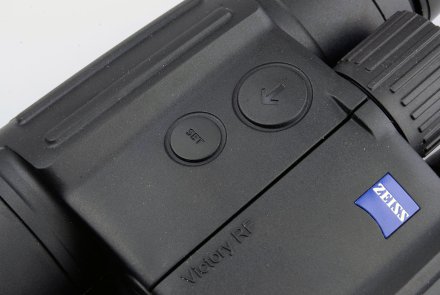
Technically, operation of the laser ranging functions could not be easier; there is only one button, plus a smaller, "set" button to select feet/meters, menus and ballistic preferences or recall the last measured distance. The LRF is operated by a single CR-2, 3 volt Lithium cell; battery life is estimated to be around 10.000 measurements. The aiming reticle is a small red circle and all data is displayed with red LEDs inside the right eyepiece.
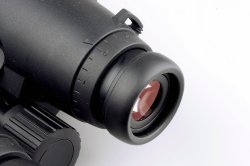
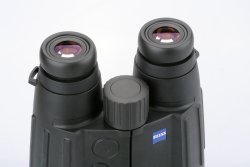
The large diameter eyepieces allow excellent viewing comfort; diopter adjustment is available on both eyepieces, ranging 3,5 diopters. This is done to allow specific focusing on the internal display (on the right eyepiece) and general diopter adjustment on the left eyepiece.
Eye cups are telescopic and can be locked in one of four positions by rotating them to accomodate most users, including prescription glasses users.
Eye relief is a good 16 mm, with a diameter of the exit pupil around 5,6 mm. The twilight factor is 19. In our brief test, the optical quality is excellent, with no discernible geometric or chromatic aberrations, extremely limited fall-off at the FOV edges, and a very neutral color rendition; sharpness and definition are amazing, especially obvious when observing with the binoculars resting on a tripod using the optional Binofix accessory. Focusing is easy and really fast, thanks to the large knob placed on the bridge; we can only describe feedback and operation of the focusing knob as "perfection".
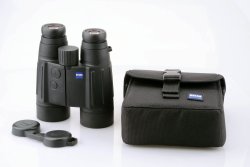
Accuracy is very good, tested on shooting ranges with hand measured distances, the instrument delivered perfect results; the manufacturer claims a 0,5% accuracy at 1200m. BIS information is available only up to 500m range.
All in all, we can easily confirm all the manufacturer's claims, as the 8x45 T*RF binoculars delivers all expected performances, although, as we mentioned earlier in this article, the MSRP is quite steep, well over two thousand Euro.


